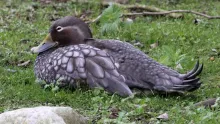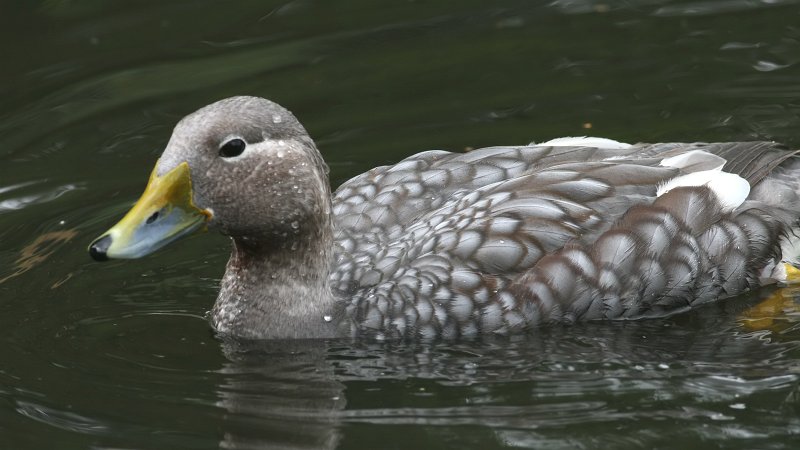
Flying Steamerduck (Tachyeres patachonicus)
Species name
- Dutch name:
- Vliegende booteend
- English name:
- Flying Steamerduck
- German name:
- Langflügel-Dampfschiffente
- French name:
- Brassemer de Patagonie
- Scientific name:
- Tachyeres patachonicus
Scientific classification
- Order:
- Anseriformes
- Family:
- Anatidae
- Onderfamilie:
- Tachyerinae
- Genus:
- Tachyeres
Description
- Description:
Male:
Head and Neck:
April to September: grey brown, Darker on crown, tinged cinnamon on throat, with short white stripe running back and down from behind eye.
October to December: mainly very pale grey to whitish, darkest on lore's, lacking stripe behind eye, Still with cinnamon tinge on throat.
January to March: much darker and very variable can be:- Dark brown with white-eye ring and cinnamon throat.
- Dark grey on crown but brown on face.
- Dark grayish - purple with small whitish eye - stripe and cinnamon throat. Bill very orange-yellow, paler and sometimes tinged towards tip . Legs and feet orange-yellow with dusky webs.
Female:
Head and neck
April to September: dark grey crown above dark brown face, becoming paler to rear and down neck, forming slight paler collar at base, but throat dark cinnamon; whitish stripe behind eye, as male.
October to December: brown face acquires Rufus tinge, but eye-stripe and collar less obvious or absent.
January to March: variable, some as in April to September but with whitish eye-ring and indistinct stripe to rear, others much paler on face and neck but with more obvious eye stripe. Bill slate blue; legs and feet slightly paler then male.Juvenile:
Head and neck Dark, almost blackish-brown, slightly roufus sides, with whitish eye-ring and thin stripe behind. Bill bluish black, with slight orange at base; legs and yellow-brown. Acquires adult plumage during first year.Three plumages and molts per year. Body plumage typical of all steamer ducks, slate-grey above breast and flanks, all with quite broad darker edges producing noticeable mottled effect. Feather edgings reddish-brown in this species. Belly, vent and undertail converts white. Tail dark grey and up turned at end. Dark grey forewing and primaries, with white seconderies. Tips of closed wing reach approximately to base of tail.
Standard Measurements
- Body Length (cm):
- The male (drake) of the Flying Steamerduck measures approximately 66-71 centimeters. The female measures approximately 66-71 centimeters.
- Body Weight (grams):
- The male will weight about 2585-3040 gram. The female will weight about 2585-3040 gram.
The weight is notoriously variable and can only be used as indication!
- Note:
This species breed with on islets, hidden in vegetation. Usually close to water, the nest is lined thickly with down. Thes are Solitary build.
- Breeding:
- The female Flying Steamerduck usually lays from 5-9 Off white eggs and incubates them for 35 days.
- Artificial incubating:
The ideal relative humidity for incubating most waterfowl eggs is 55% (ground nesters) and 40% (cavity nesters). The temperature is usually 37.4°C. Set ventilation as recommended by the incubator manufacturer. Eggs must be turned, either automatically or by hand, a minimum of 4 times a day. As the duckling develops there is a loss of water from the egg and the air sac gets bigger. In normal development of an egg with a 35 days incubation, the air sac occupies about a third of it three days earlier. Cleanliness is vital and ideally eggs should be moved to a separate hatcher at this point, where the humidity should be increased to 65% and even higher once they have pipped internally.
- Bird banding:
- Recommended closed leg band ring size for the Flying Steamerduck is 18 mm.The leg band ring can only be applied on a young steamer duck at around 16 days old.
- It doesn't matter what leg that you band, but it's good to have a consistent system. Suggested: Left leg = Female, Right leg = Male
- Rearingfeed:
-
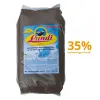
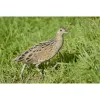

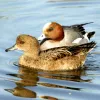


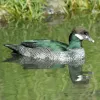 Floatable special rearing feed for all ornamental waterfowl species, even for problematic eaters. This ideally balanced complete feed with 35% protein content forms the basis for healthy growth and lifelong vitality. Made exclusively from wholesome and selected raw materials, Lundi Micro is also ideally suited for the year-round feeding of waterfowl.
Floatable special rearing feed for all ornamental waterfowl species, even for problematic eaters. This ideally balanced complete feed with 35% protein content forms the basis for healthy growth and lifelong vitality. Made exclusively from wholesome and selected raw materials, Lundi Micro is also ideally suited for the year-round feeding of waterfowl.
- Maintenance food:
-


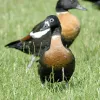


Floating full food for all sea ducks, green ducks, eider ducks and geese, especially in the moulting and breeding phase ideally suited. Packed with wholesome raw materials, natural vitamins and trace elements, this performance food with a protein content of 30% forms the basis for lifelong vitality.


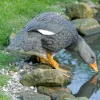
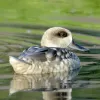
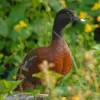


Floatable special complete food for sea birds with the highest nutritional requirements. Each chunk contains the complete nutrient spectrum. The high protein content of 35% ensures a healthy and species-appropriate diet. Spiral algae give a more magnificent coloration of plumage and sea salt promotes the salt gland.
